Pop Rocks and Soda Experiment
Get ready to explore the fizz-tastic world of Pop Rocks and soda as we go on an exciting adventure to explore this legendary (and somewhat infamous) experiment that combines two of our favorite treats. You might have heard whispers of the explosive consequences when these two forces meet, but don’t worry, we’re here to uncover the truth behind the bubbling action safely and excitingly.
So, grab your safety goggles, and let’s pop into the fizzy world of Pop Rocks and Soda experiment that’s perfect for kids and the young at heart! This is a fun chemistry experiment for younger kids, and we have more fun Lego and Stem Activities here.
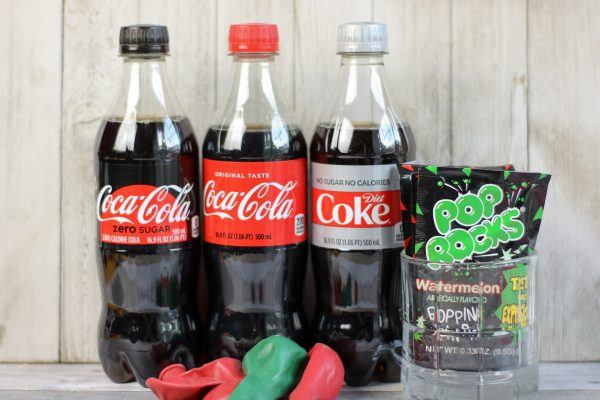
This post contains affiliate links meaning I get commissions for purchases made through links in this post at no cost to you. Read my disclosure policy here.
Table of Contents
What happens when you mix pop rocks and coke?
It’s a question that has intrigued, and perhaps even scared some ever since these two iconic products hit the market. The rumor mill has churned out some pretty wild claims about this supposed deadly duo. But don’t worry, we got you covered! We’re here to demystify the fizzy phenomenon of mixing pop rocks and soda experiments with a dash of science.
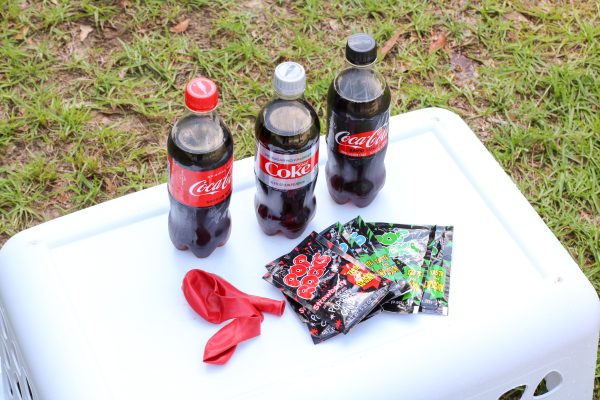
When Pop Rocks meet Coke, the carbon dioxide trapped in the candy is released more rapidly due to the presence of even more carbon dioxide in the soda. The result? A bubbly, foamy extravaganza! But despite the dramatic display, it’s hardly earth-shattering. The fantastic reaction is relatively mild and completely harmless.
What is the science experiment with pop rocks?
So, what makes these tiny, crackling candy pebbles explode with flavor in your mouth? It all comes down to the magic of carbon dioxide gas, trapped inside those sugary crystals. When Pop Rocks meet moisture, such as your saliva, the sugar dissolves, releasing the carbon dioxide gas with a snap, crackle, and pop that tickles your taste buds and dazzles your senses.
In other words, Pop Rocks are like a party in your mouth, with carbon dioxide gas as the life of the party, and sugar as the DJ spinning the tracks. And with every snap, crackle, and pop, you can feel the chemistry doing its thing, creating a delightful dance of flavor and fizz that leaves you begging for more.
How do you make pop rocks explode?

What materials do you need for the pop rocks and soda experiment:
Pop Rocks Candy
3 (16.9 to 20-ounce bottles) of soda in different varieties
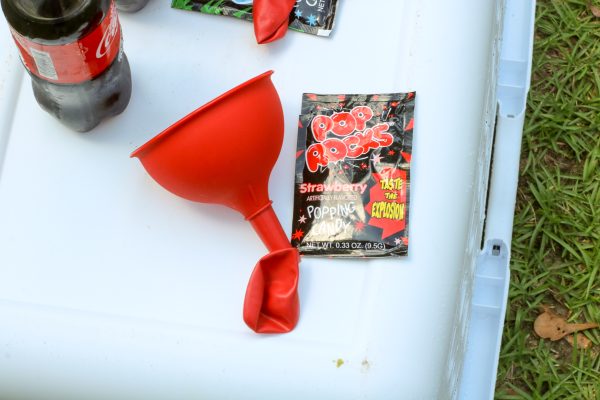
What’s the science behind Pop Rocks and Soda?
Stretch the balloon with your hands making an effort to expand the neck of the balloon. Avoid blowing into the balloon as the moisture from your mouth will make the candy stick to the inside of the balloon.
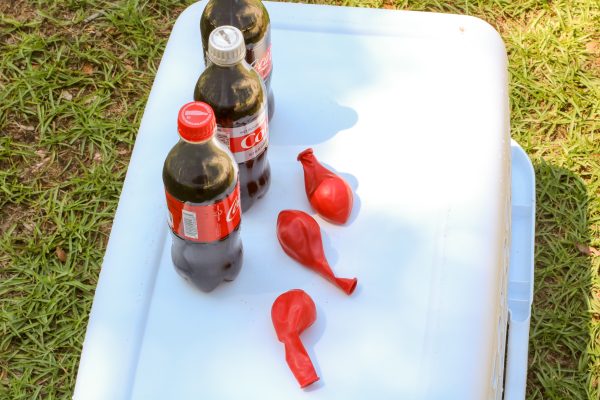
Place the mouth of the balloon over the small opening of a funnel. Pour one package of Pop Rocks into the funnel and tap the funnel to force the Pop Rocks down into the balloon. TIP: If the candy refuses to move through the funnel, try pushing the candy with a bamboo skewer.
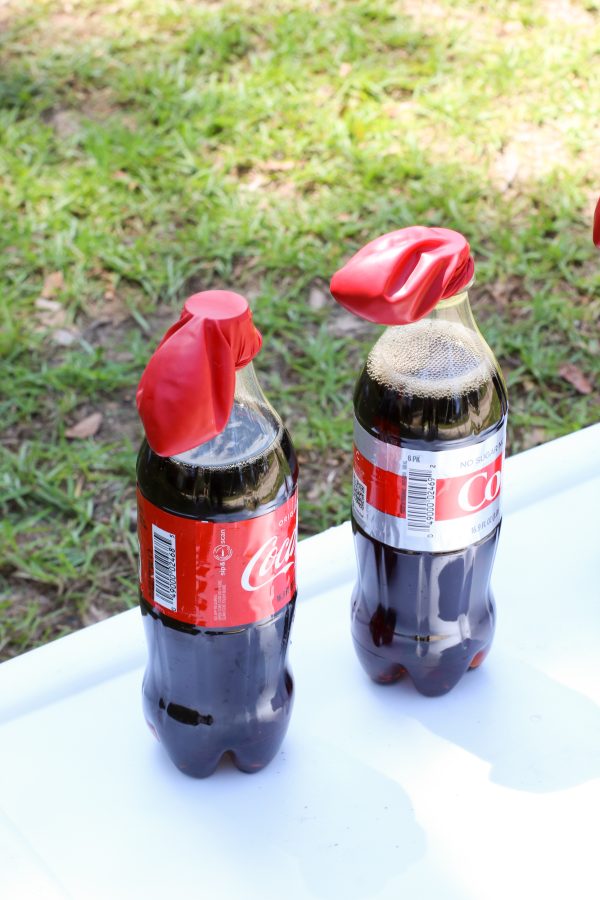
Open each soda and place the opening of the balloon over the top, taking care to have the mouth of the balloon completely over the top of the bottle without dropping the candy into the balloon.
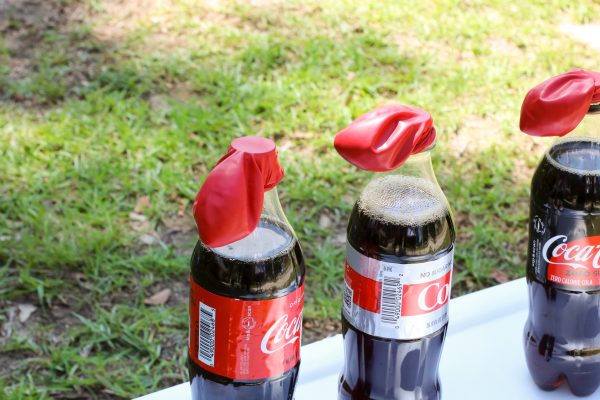
Tip the balloon up and shake slightly (if needed) to transfer the candy into the soda. Gas will begin to form immediately. Expect the soda to get fizzy, the candy to crackle, and the balloons to fill with air and foam.
Tips: Use a level surface so the bottles do not fall over.
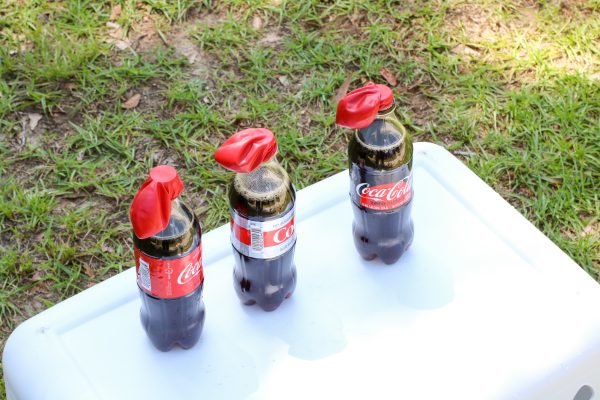
Expand the experiment:
Using one variety of soda, test the different varieties of Pop Rocks to see if each has a similar reaction. Measure the balloons to decide which variety created the most gas.
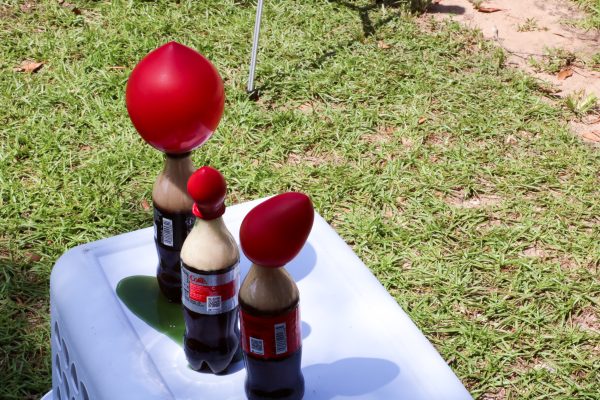
Using the same variety of Pop Rocks, test different varieties of soda to see which emits the most gas. (Diet Coke tends to win.)
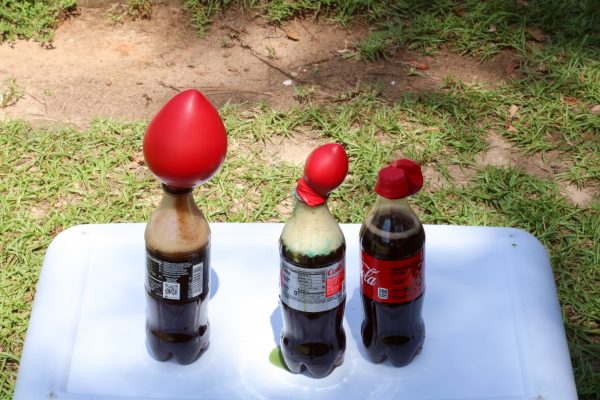
Pop Rocks and Soda Experiment
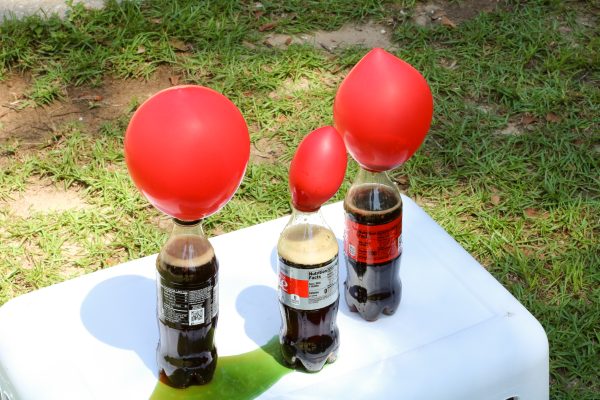
If a balloon fails to expand, examine the experiment to see what happened. (Typically this will happen if the balloon is not completely over the top of the soda bottle.)
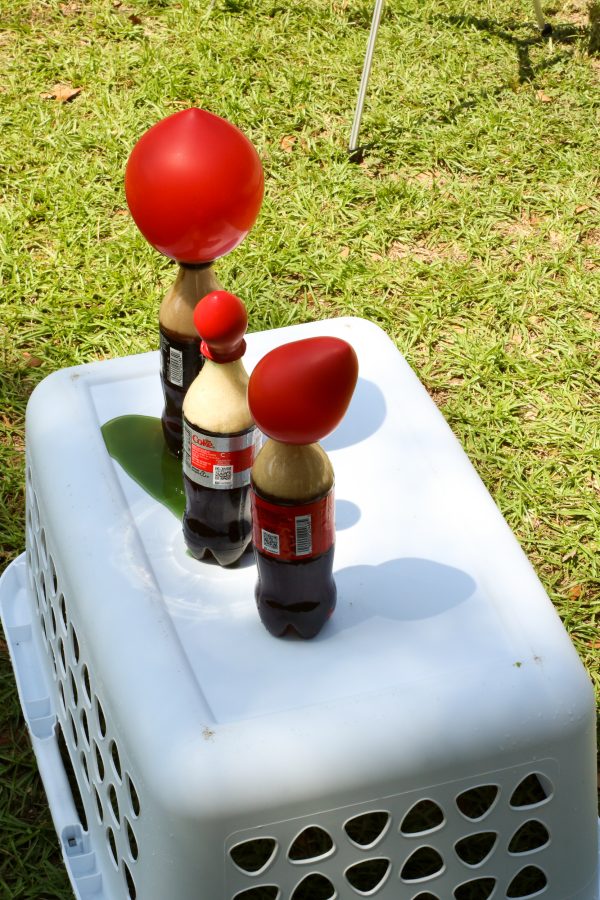

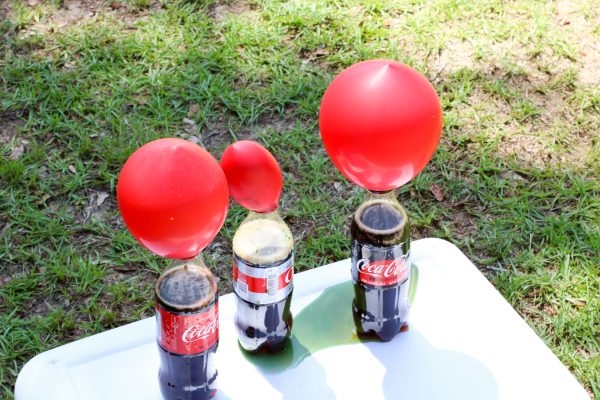
Can pop rocks and soda inflate a balloon? Let’s find out
Soda is carbonated, meaning it’s also filled with carbon dioxide gas. When you combine Pop Rocks and soda, you’ve got a double whammy of fizziness. Let the fizzy face-off begin!
When Pop Rocks dissolve in the soda, the carbon dioxide gas from the candy and the soda is released simultaneously. This creates an excess of gas in a small space, leading to a rapid and chaotic expansion. In other words, it’s like a science experiment gone wild! The result is an explosion of bubbles, fizz, and foam—a true spectacle for the senses.
So, why does this dynamic duo cause such an uproar? It all comes down to the rapid release of carbon dioxide gas in a confined space. When too much gas is unleashed too quickly, it needs somewhere to go. And that’s when you get the exciting explosion of bubbles and fizz.
Movies about Math and Science:
51 STEM Movies about Science for Teens and Kids
46 Stem and Math Movies for Kids and Teens
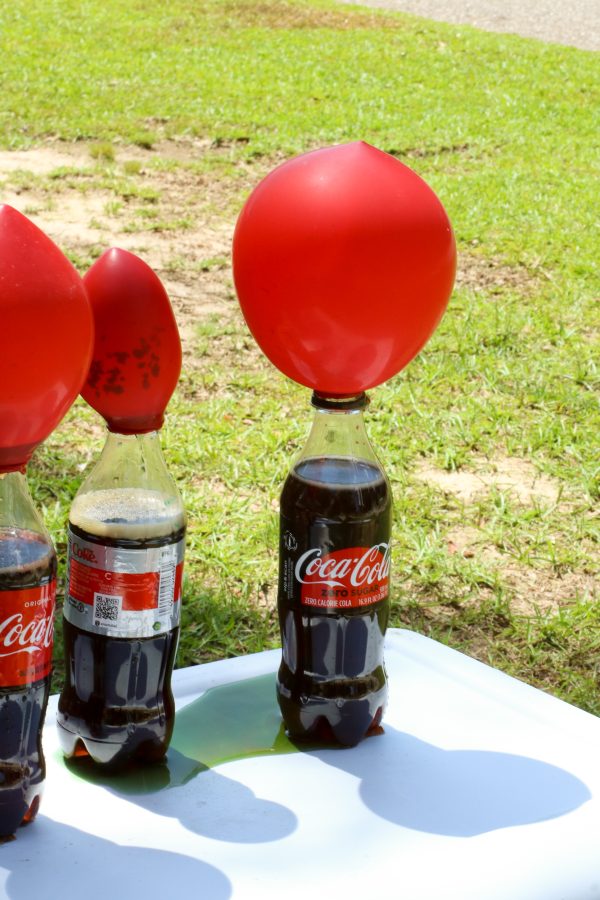
And there you have it! We’ve bubbled through the effervescent escapades of Pop Rocks and soda, decoding the candy chemistry of this explosive pairing. As we pop away, let’s keep our curiosity alight and embrace the fizzy wonders that life has to offer. Stay bubbly and keep on popping!
